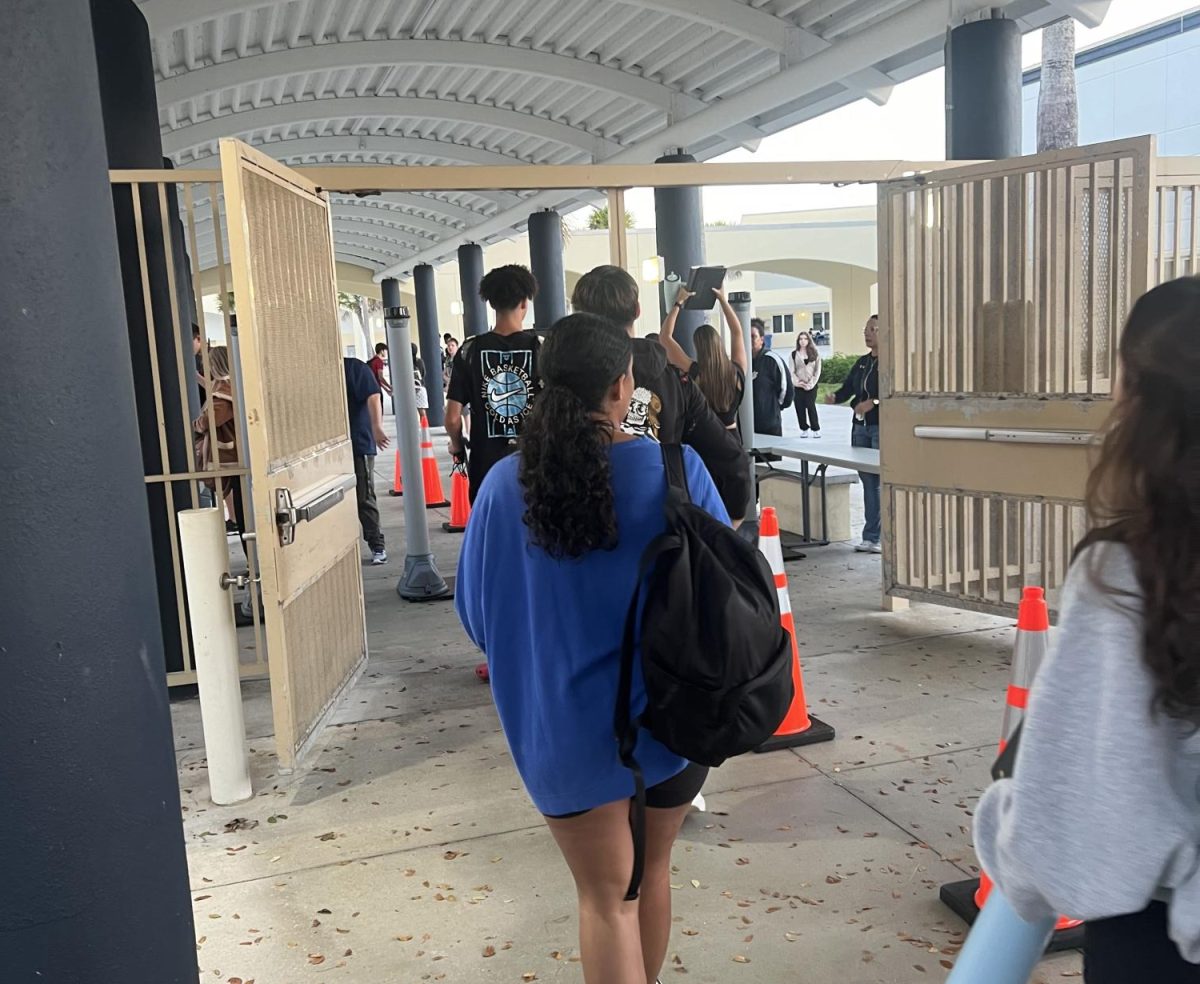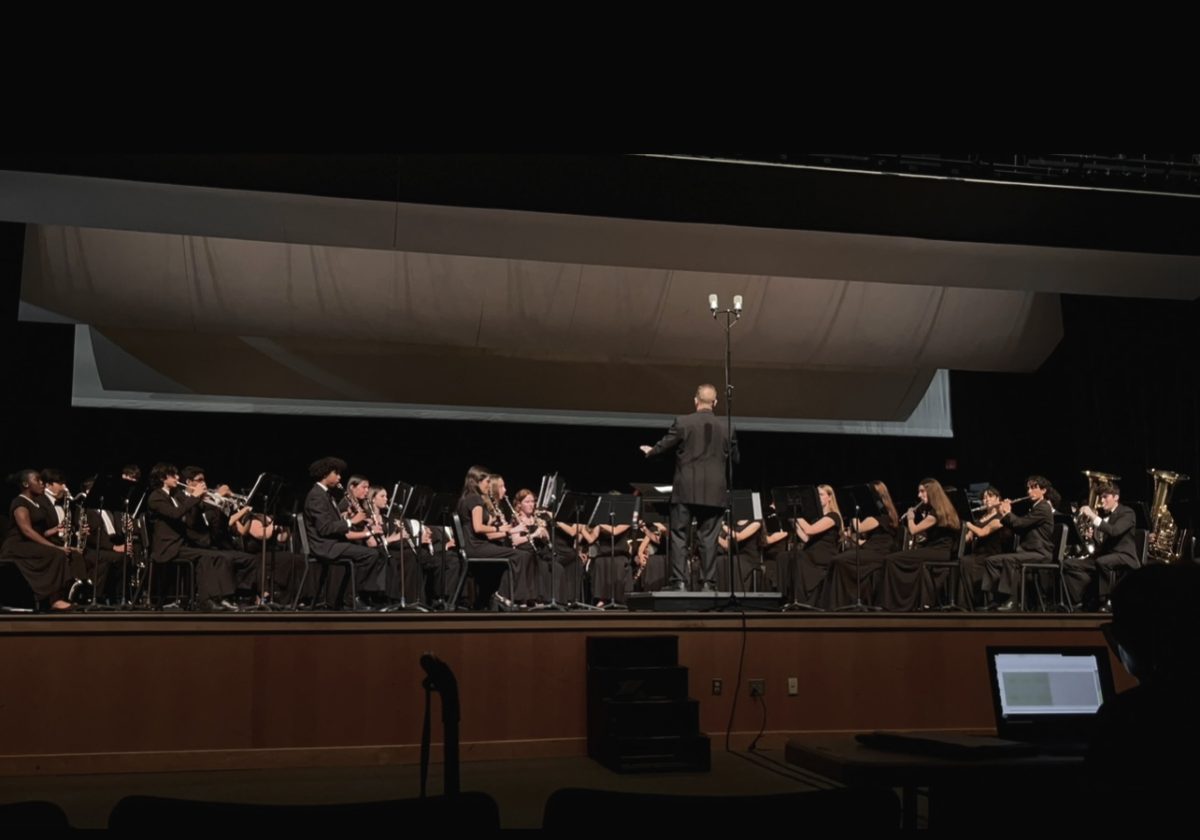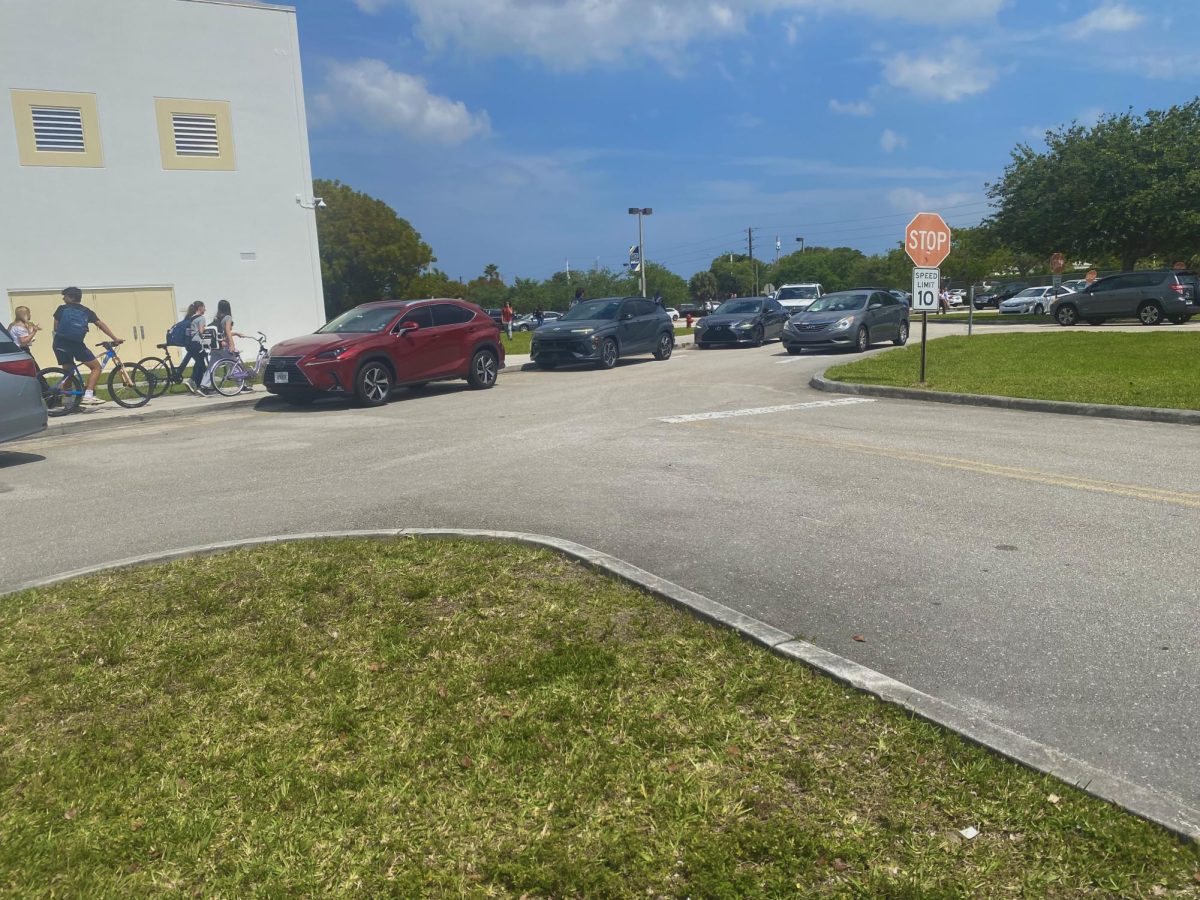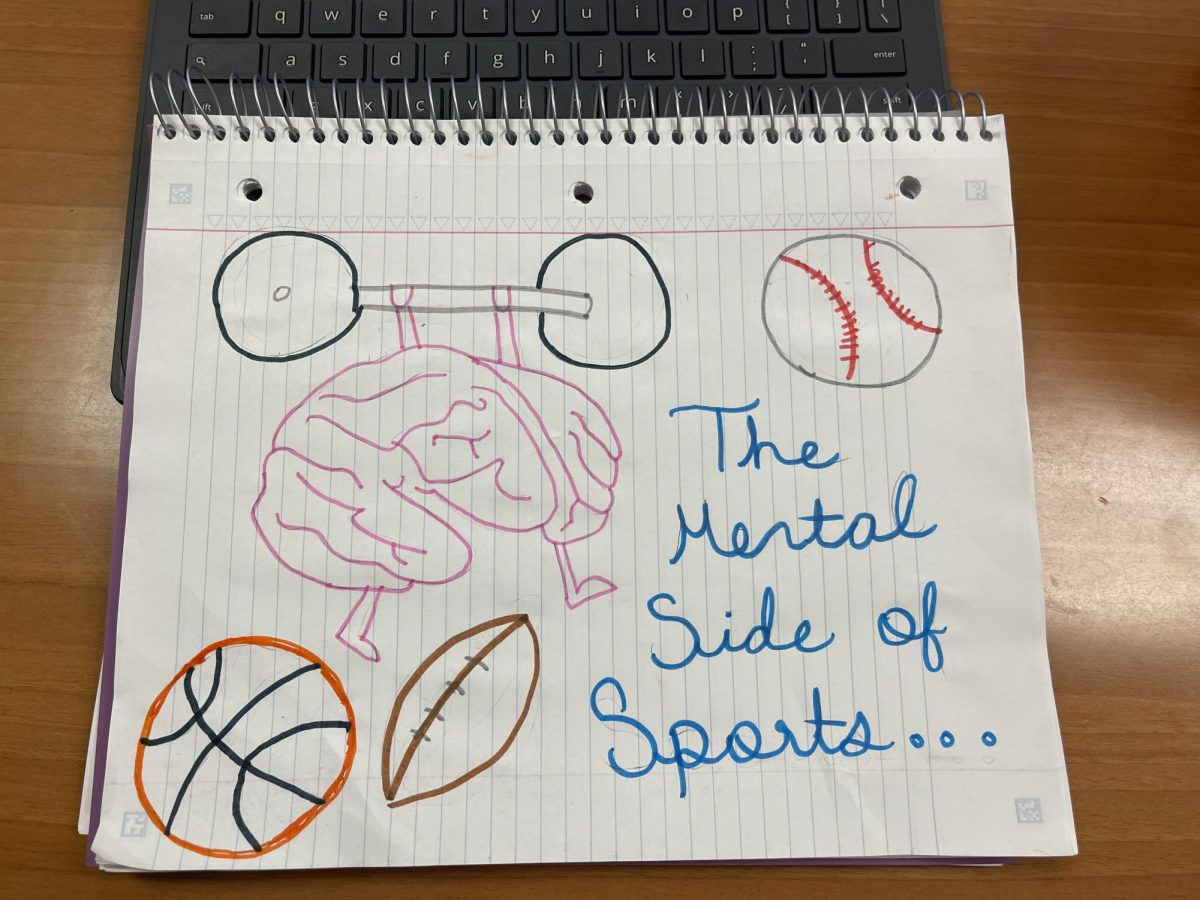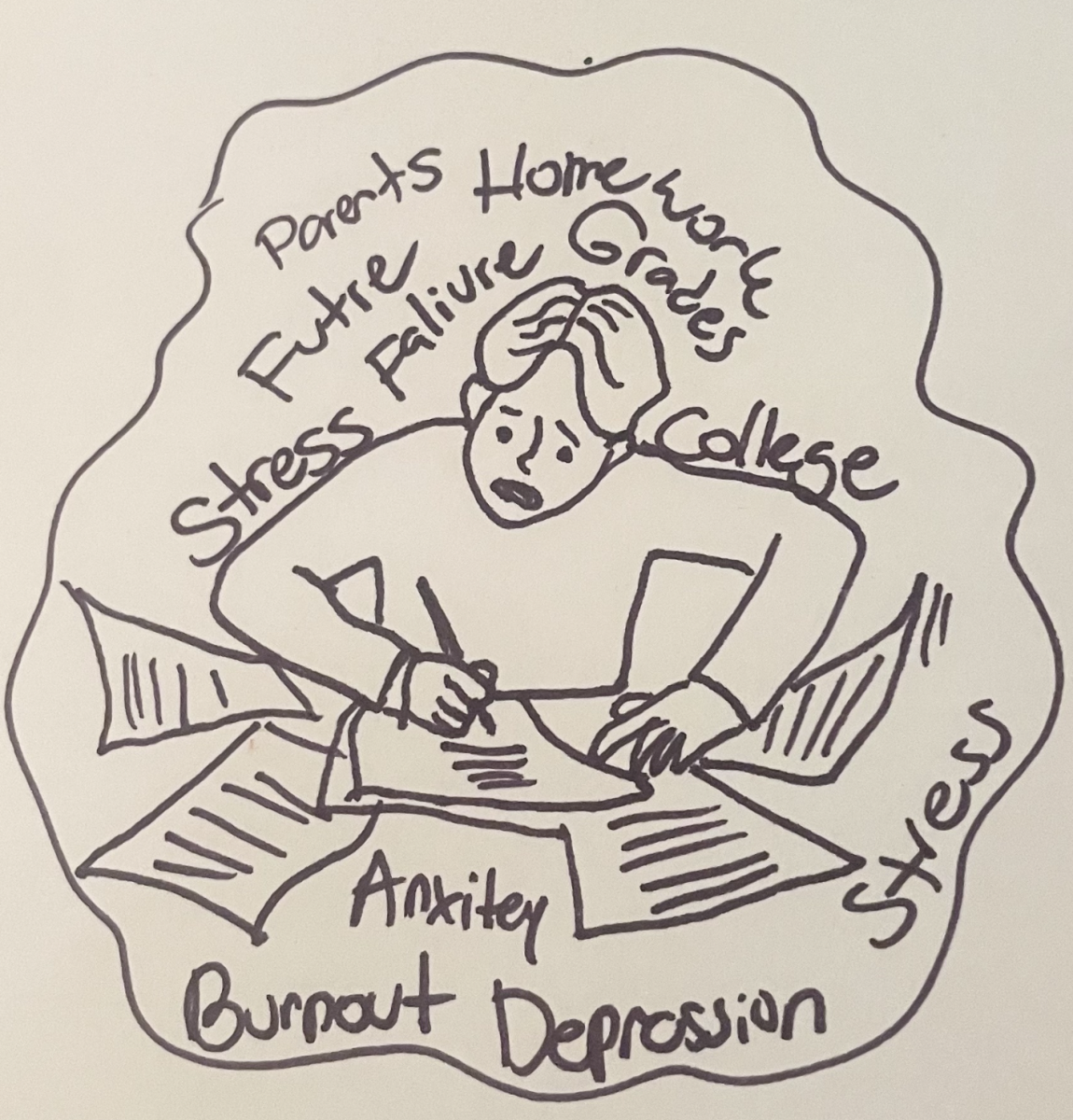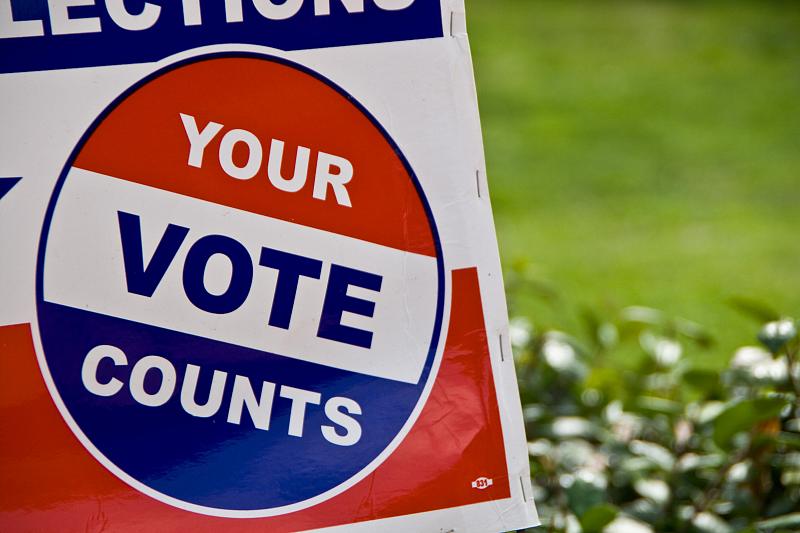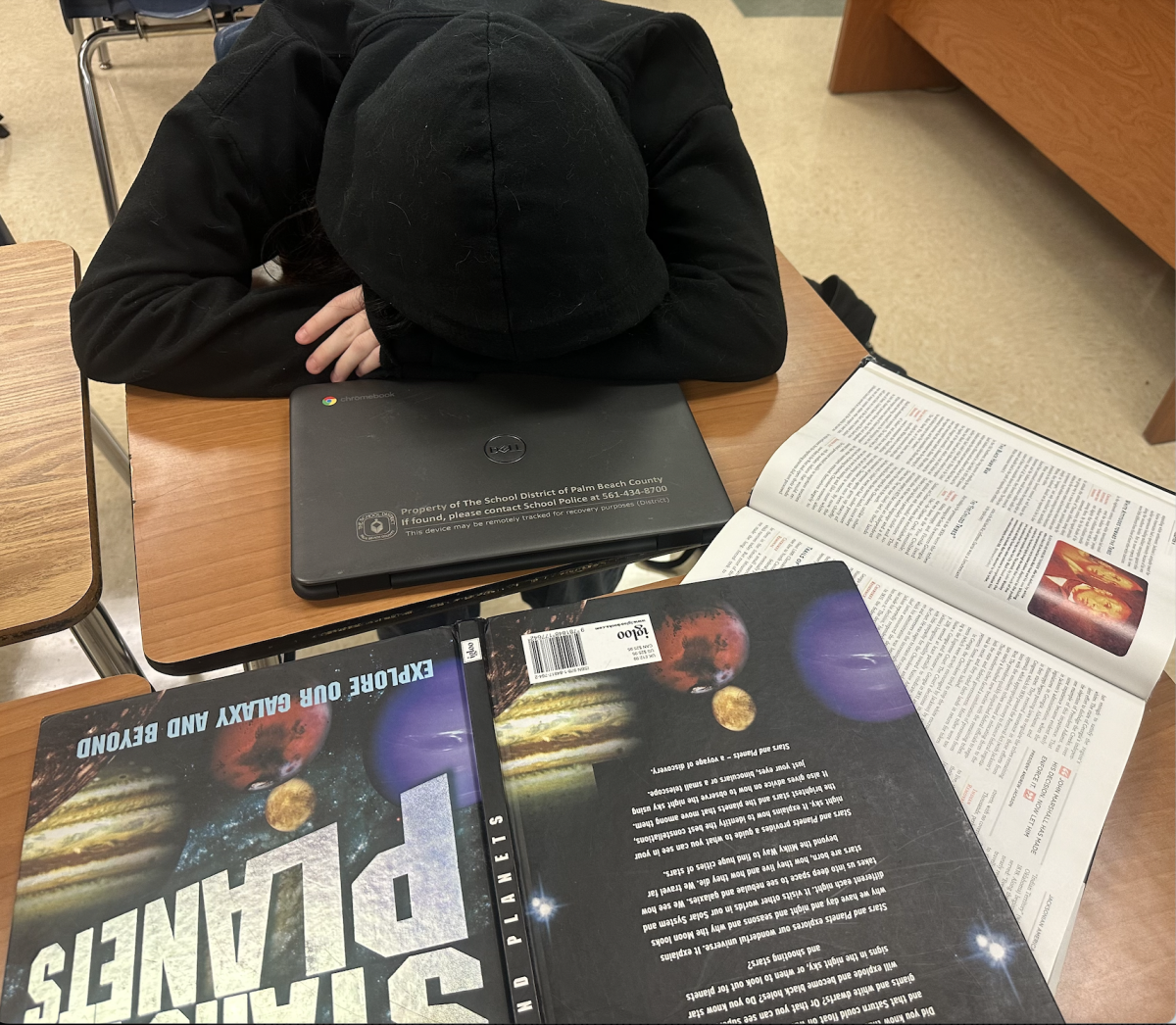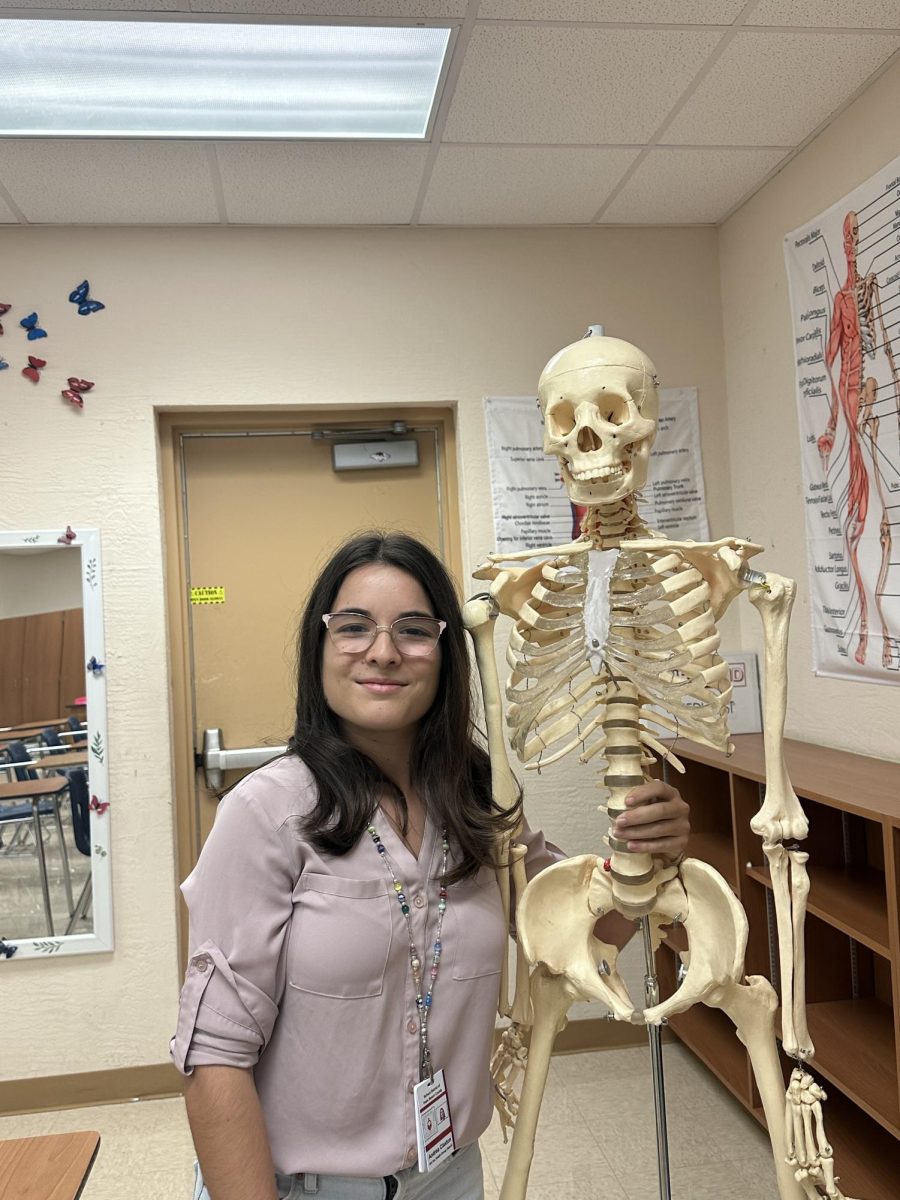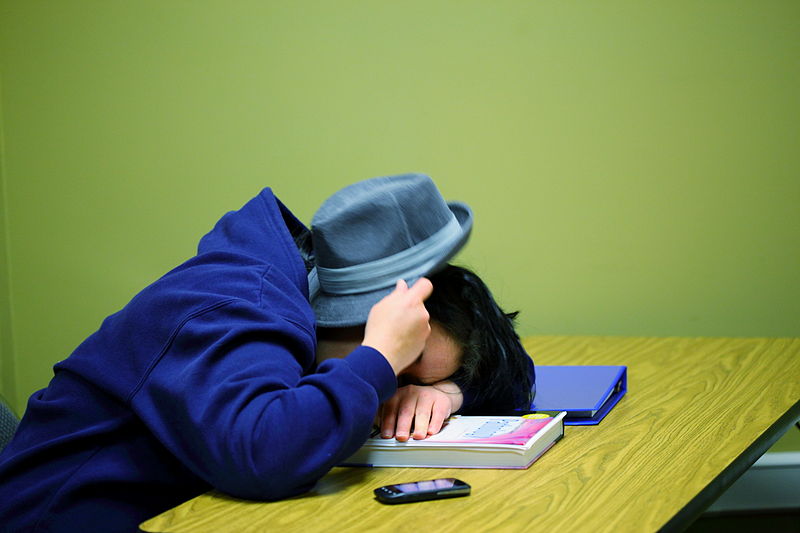An Hour Too Soon
Working from 9 to 5 has become typical for millions of Americans. The eight hour workday began in the printing industry in the year 1905 and was popularized by the Ford Motor Company in 1926. Schools, generally, begin around 7 and 9 in the morning and end anywhere between 2 and 4 in the afternoon. Five days a week and eight hours per day are normal for kids and adults in the United States. Just because something is normal does not mean it’s good, and that is the case here. Common working hours in the United States harm workers, decrease productivity and limit output.
Operating from 9 to 5 most nearly guarantees a 7:00 AM wake up, which in turn leads a person falling asleep between 10 to 12 at night. This gives an adult a healthy amount of sleep. Almost all scientists are in agreement that 7 to 9 hours of sleep is necessary for a healthy life. Everyone’s circadian rhythm is different and it could depend on age and gender. The circadian rhythm is simply a person’s internal clock. Due to the fact that everyone’s circadian rhythm is different, a “perfect” work schedule is impossible to apply to all of society, but averages are important. The majority of people are most awake while the sun is out and become tired when the sun goes down. The awakeness of a person peaks and dips twice. The first dip is obviously at night, but the second is right in the middle of the day. People tend to become tired after lunch, usually between the hours of 1 pm and 3 pm. Many countries, especially in Europe, recognize this inconvenient aspect of the human body and allow society to take a midday break. Dr. Fiona Kerr, a neuro specialist from the University of Adelaide, states that humans are “built for two periods of sleep a day.” She goes on to explain that “Sleep deprivation in general has a number of negative consequences to the creative process and to general and mental health,” writing, “The primary effect is the blocking of neurogenesis through increases in corticosterone levels but there is also a drop in attention capacity, executive function, working memory, quantification skills, logical reasoning, motor dexterity, and mood.” While it is problematic that energy dip occurs, not everyone can just stop what they are doing, that includes schools and students.
A better solution is to move the work and school schedules to match more natural times. Because people become gradually more productive as the morning moves along, it would make sense for schools to begin later. A later start time for schools would allow students to be more productive in their morning classes and hit their low point at lunch. As students hit their low point, they will have their lunch break. Students will be able to eat and relax to be ready for their afternoon classes. The teen brain tends to be more awake, alert, and aware than adults at the hours leading to midnight. A study by The University Digital Conservancy found that teens who attend schools who start later achieve better grades on similar tests. Due to this, later school dismissal times will not affect students negatively and will actually be an advantage as they can do their homework without worrying about getting enough sleep for an early wake up the next morning. The previously mentioned study also shows that later school start times do not impact the amount of time students spend on extracurricular, after school activities. Meaning that starting school later will not impact the amount students work, play, and work on homework and other projects. Also, students can work and complete homework in the extra morning time they have before the start of school. On the other hand, the adult brain operates a bit differently. The adult brain does not operate as well during those later hours. In turn, they have a few extra hours in the mornings for increased productivity at that time.
Moving the work schedule back just an hour can add billions of dollars to the United States economy. Christopher Barnes, a University of Washington management professor, writes “When work schedules are aligned with people’s natural sleep patterns, they produce higher quality and more innovative work because they are more focused, less stressed and generally healthier” The frustration of waking up to an alarm impacts millions of Americans and is a terrible way to start the day. Relying on coffee is also a major problem. According to the National Coffee Association (NCA), 64% of Americans are regular coffee drinkers. That rate is increasing annually. On average, a regular coffee drinker goes through 3.1 cups of coffee per day. Coffee does not make one less tired but tricks certain brain receptors into not sending out a signal displaying drowsiness. Caffeine hurts other aspects of the brain. It slows productivity more than drowsiness does and users have shown to display a poor sense of decision making. Drivers under the influence of caffeine have shown to perform much worse than sober drivers. Caffeine has become a socially acceptable addiction because society is forced to wake up too early.
Of course some industries and business cannot operate at perfectly specific times. Restaurants need to close late and 24/7 stores are great. Not everything can change, but employers must consider whether their decision to make workers come in at the times they do is best for their businesses. Local governments and school districts should definitely consider the damage being done to the nation’s youth by forcing early wake up times. Students will learn better and give a better output if they were placed on a more natural work schedule. A 9 to 5 workday may have been great at one point when maximizing daylight was necessary, but today it makes no sense to harm businesses across the country just to fit a less than a century old tradition.
Your donation will support the student journalists of West Boca Raton Community High School. Your contribution will allow us to purchase equipment and cover our annual website hosting costs.

Hi my name is David Rudd. I am a senior and this is my 3rd year at West Boca’s Bullseye. At the end of last year, I was named the paper’s editor. I...


